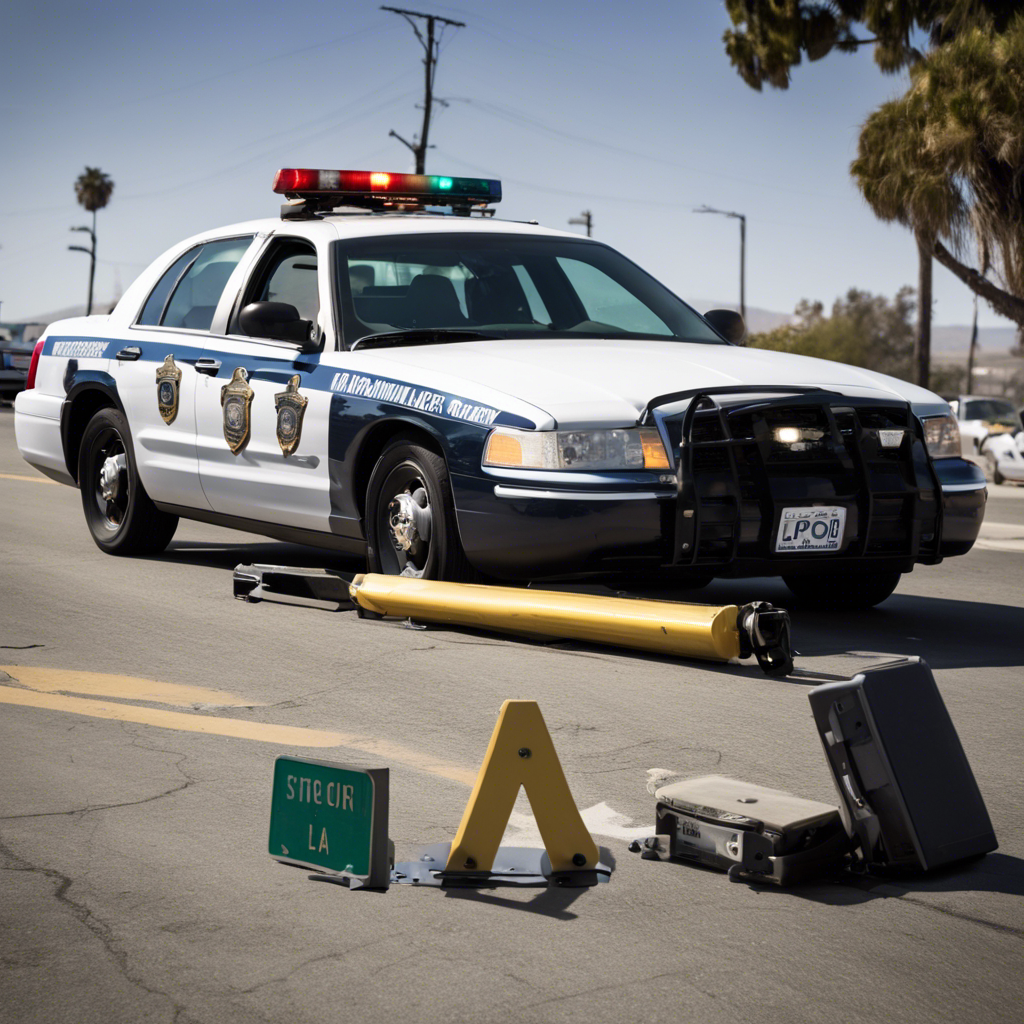Automated License Plate Reader Helps LA Police Catch Suspect in Quadruple Homicide

Controversial Technology Proves Effective in Solving High-Profile Case
In a recent breakthrough, the Los Angeles Police Department successfully apprehended a suspect in a gruesome quadruple homicide case with the aid of an automated license plate reader (ALPR). The use of this technology has once again ignited a debate surrounding privacy concerns and potential misuse. NBC News correspondent Dana Griffin brings us the story of how this controversial tool played a pivotal role in solving the crime.
The Power of Automated License Plate Readers
Automated license plate readers have become an invaluable tool for law enforcement agencies across the country. These devices are equipped with high-speed cameras that capture license plate numbers and instantly cross-reference them with databases of stolen vehicles, wanted criminals, and other relevant information. The ALPR system scans thousands of license plates per minute, allowing officers to quickly identify and apprehend suspects.
The Quadruple Homicide Case
The quadruple homicide case that recently shook Los Angeles involved the brutal killings of four men in a residential neighborhood. The LAPD was under immense pressure to solve the case and bring the perpetrator to justice. The investigation initially hit a dead end, with no substantial leads or witnesses to provide valuable information.
The Role of the Automated License Plate Reader
It was during the painstaking process of reviewing surveillance footage that the LAPD discovered a crucial breakthrough. An ALPR camera positioned near the crime scene had captured the suspect’s vehicle leaving the area shortly after the time of the murders. The license plate number was quickly identified and flagged by the ALPR system, providing investigators with a vital lead to pursue.
Swift Action and Arrest
With the license plate number in hand, detectives swiftly traced the vehicle to a known associate of the suspect. This breakthrough led to the identification and subsequent arrest of the alleged perpetrator within hours. The LAPD credits the ALPR technology for its instrumental role in solving the case and bringing closure to the victims’ families.
Privacy Concerns and Potential Misuse
While the successful outcome of this case highlights the potential benefits of ALPR technology, it also reignites concerns over privacy and potential misuse. Critics argue that the widespread use of ALPRs infringes upon individuals’ privacy rights, as it allows law enforcement to track the movements of innocent citizens who may have no connection to criminal activity. There are also concerns about the storage and retention of the vast amounts of data collected by these systems, raising questions about the potential for abuse or unauthorized access.
Striking a Balance
Proponents of ALPRs emphasize the technology’s effectiveness in solving crimes and enhancing public safety. They argue that strict regulations and oversight can address the privacy concerns associated with ALPRs, ensuring that the technology is used responsibly and solely for legitimate law enforcement purposes. Striking a balance between public safety and individual privacy remains a significant challenge for lawmakers and law enforcement agencies.
Conclusion:
The recent success of the Los Angeles Police Department in apprehending a suspect in a quadruple homicide case highlights the power of automated license plate readers in solving crimes. However, it also reignites the ongoing debate surrounding privacy concerns and potential misuse. As technology continues to advance, it is crucial for society to engage in a thoughtful discussion about the ethical implications and appropriate use of ALPRs. Only through careful consideration and robust regulation can we strike a balance between public safety and individual privacy in the digital age.










